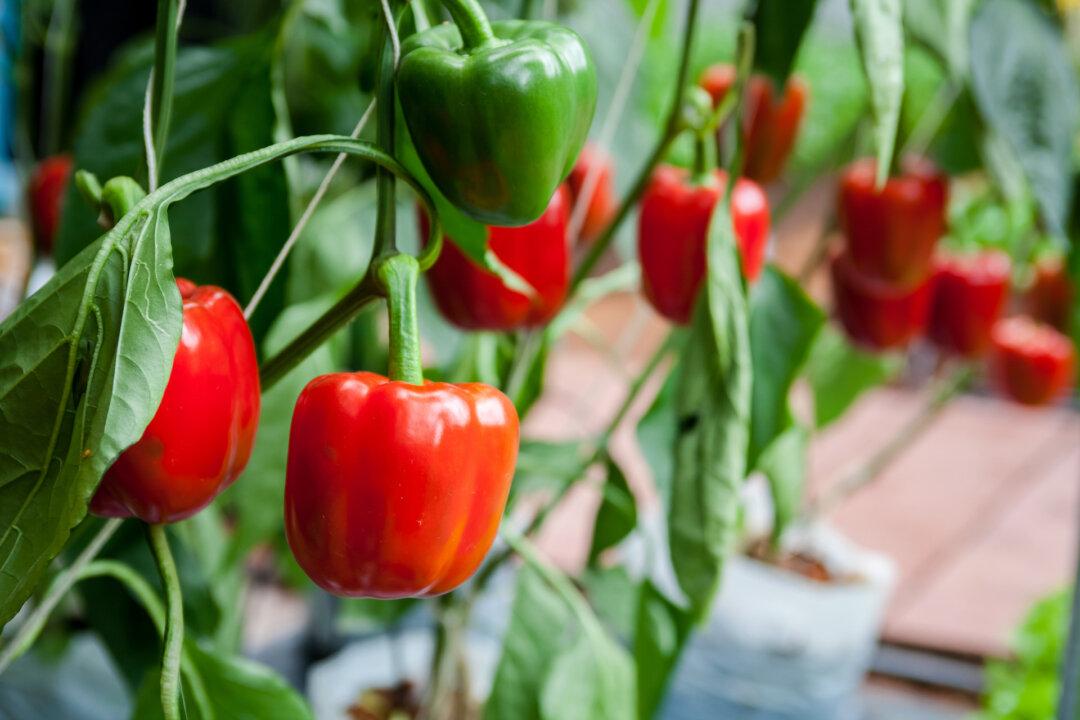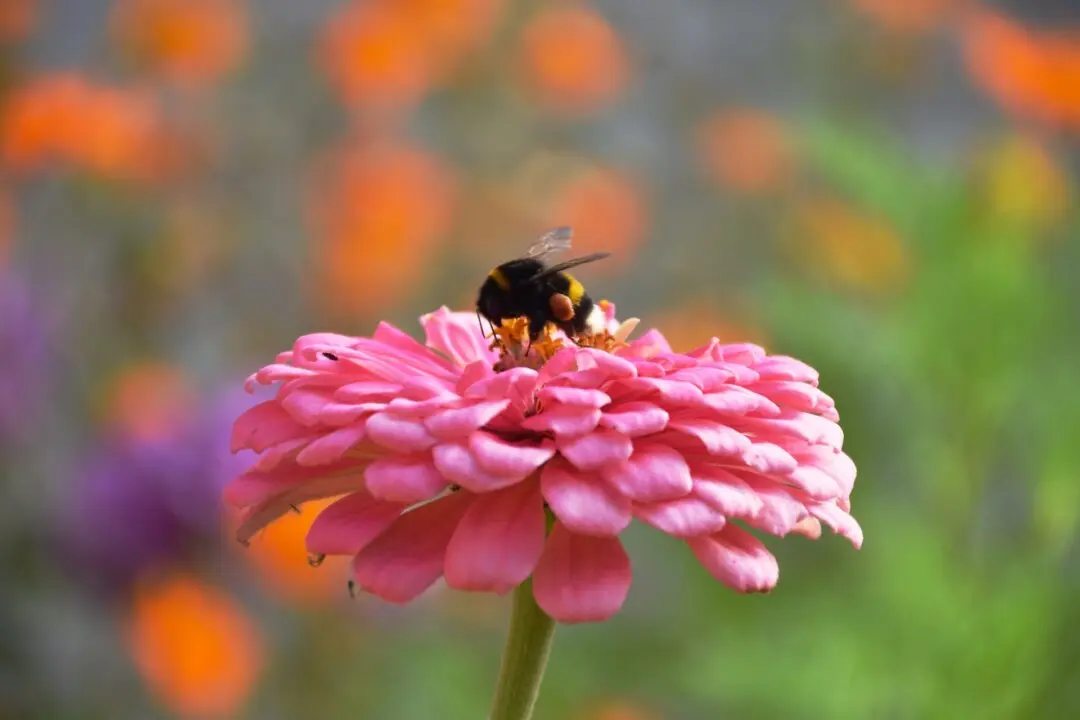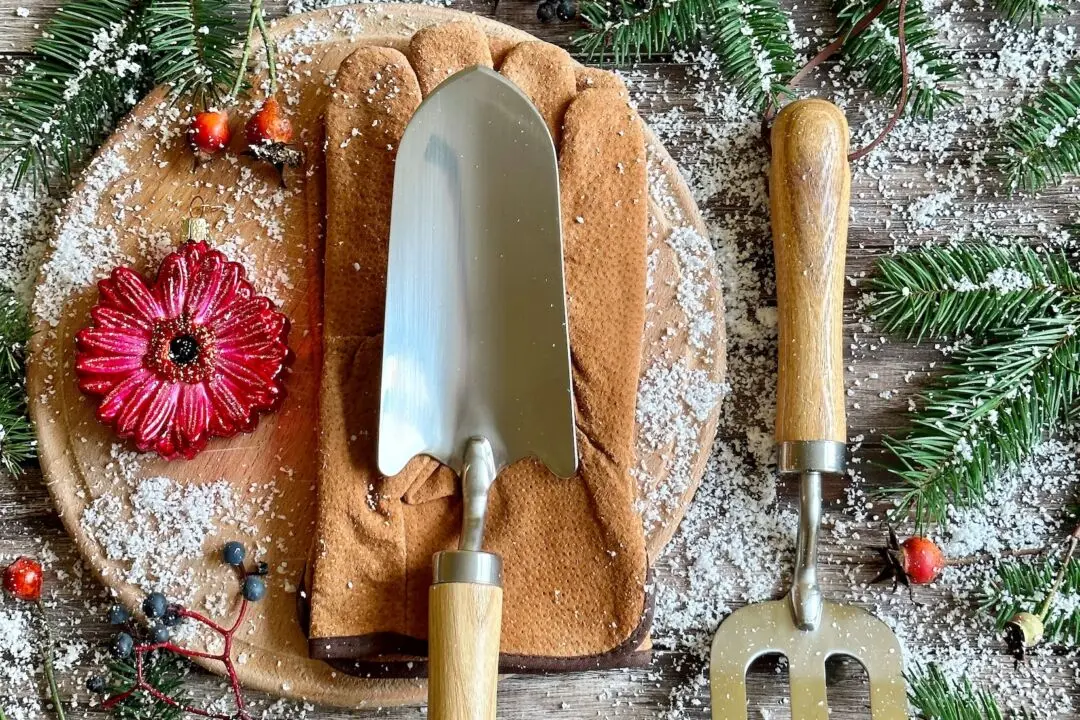Q: I love red and purple bell peppers, but I can’t seem to grow them in my garden. I buy them at a local garden center. They look healthy, but at the end of the summer, I only get a few peppers from each plant.
A: Bell peppers are one of the most planted vegetables, and I have heard your complaint before. Many garden vegetables start producing in as little as 60 days, but peppers often take more than 100 days to start producing. In spite of its botanical name Capsicum annuum, this pepper species is perennial. They do not survive frost, but if grown in frost-free areas or greenhouses, they can live for several years. As such, they are not in as much of a hurry as other garden vegetables that are annuals and that produce fruit as quickly as possible.





